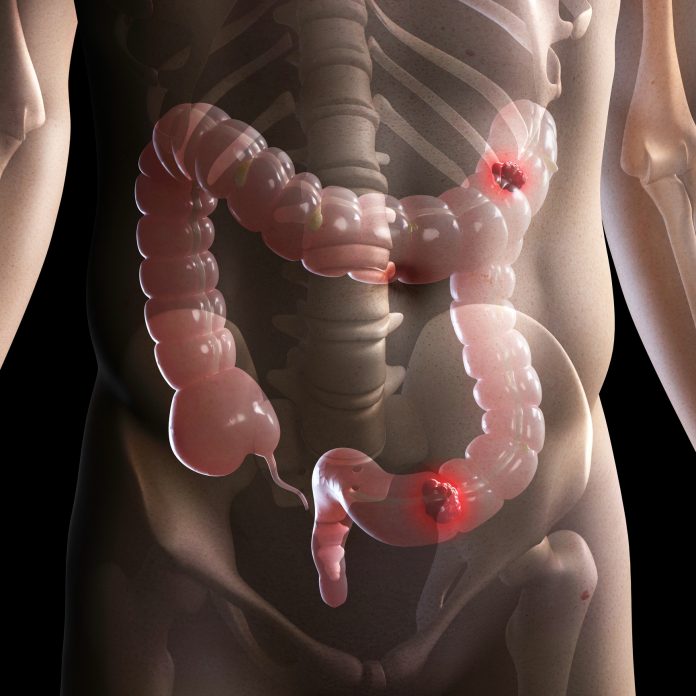
A new 3D bioprinting technology that can create personalized bowel cancer spheroids derived from a patient’s own cells, could provide clinicians with individualized models for testing various therapeutic approaches. The report, from researchers at the University of Bristol in the U.K. and published in Biofabrication, provides a roadmap for clinicians to treat the models with chemotherapy drugs and radiation to help them understand an individual patient’s resistance to therapies.
Tumor spheroids have emerged as clinically relevant in vitro models which have the potential to more accurately recapitulate in vivo drug response, when compared to traditional 2D cancer cell monolayer models,” the researchers wrote. “The limitations of 2D models, alongside rising complexity of CRC treatments, has resulted in an urgent and unmet need for more sophisticated and clinically predictive CRC models which better recapitulate in vivo conditions.”
Previous research has shown success in culturing 3D tumor spheroids using the common cell culture matrix Matrigel. In this study, the University of Bristol researchers sought to fill a void in the published literature of using hydrogels other than Matrigel for the creation of 3D colorectal cancer (CRC) tumor models. “The development of a robust, biocompatible hydrogel as an alternative to Matrigel may advance the exploitation of spheroid models for personalized medicine, drug discovery or drug repurposing,” the researcher noted.
In this case, the researchers developed a new 3D bioprinting platform with high-content light microscopy imaging and processing. Using a mixture of bioinks and colorectal cancer cells, the investigators showed they were able to replicate tumors in 3D spheroids.
Once they had successfully created the new 3D printing model, the team then generated dose-response profiles from the spheroids which had been treated separately with chemotherapy drugs oxaliplatin (OX), fluorouracil (5FU), and radiotherapy. The spheroids were then imaged over time and the results showed that oxaliplatin was significantly less effective against tumor spheroids than in current 2D monolayer culture structures, when compared to fluorouracil.
“Clinically predictive models which allow clinicians to identify how well tumors respond to drugs before they are administered in patients, are still an unmet need. Two-dimensional (2D) cell monolayer culture remains the standard for modeling in vitro drug effectiveness and safety. However, its poor in vivo predictive capability inhibits its use as a tool for drug discovery, drug repositioning and personalized medicine,” said Adam Perriman, professor of Bioengineering from Bristol’s School of Cellular and Molecular Medicine, and the study’s lead author.
“We have developed a high-throughput bioprinted bowel cancer spheroid platform with high levels of automation, information content, and low cell number requirement that mimics the 3D characteristics of tumors, and show that some tumors are more resistant to chemotherapy,” added Perriman, who is also the founder of the cell therapy company CytoSeek. “We anticipate that this new platform technology could have significant impact in human disease modeling for evaluation of oncology drug-response in 3D. This is a big step towards personalized medicine and helping to understand why certain patients respond to chemotherapy.”













